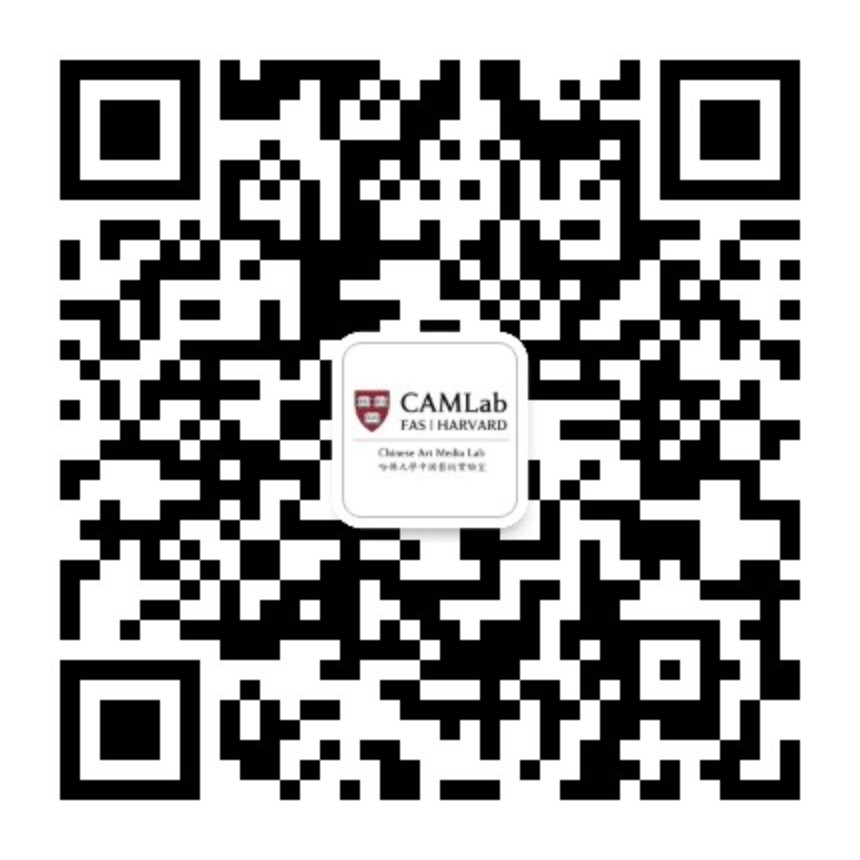May 9 2024, 14:00 pM – 17:00 PM
Lower Level Auditorium, 485 Broadway | Harvard University
多元汇萃:从莫高窟第285窟看丝路文化交融
Deep Cave 285: Unveiling Cross-Cultural Synergies in Mogao Cave 285
Speaker:
Dr. Zhang Yuanlin (Vice President of Dunhuang Academy)
Moderator:
Chenchen Lu (Associate Director of Harvard FAS CAMLab)
This lecture delves into the intricate depictions in Cave 285, focusing on the murals on its western wall and ceiling, such as images of the Sun and Moon gods, Marici, as well as Fuxi, Nüwa, a celestial being, and the Mani jewel within a lotus. Through comparisons with similar iconography along the Silk Road, the lecture uncovers several insights. Firstly, the Sun deity images featuring “four-horse sun chariots” and “phoenix sun chariots” not only share iconographic traits with Apollo, Surya, and Mithra from Greek, Hindu, and Zoroastrian pantheons, respectively, but also incorporate the symbolic Chinese sun bird. Secondly, the Moon deity images, depicted with “swan moon chariots” and “lion moon chariots,” are influenced by Mediterranean and West Asian representations of divine mounts, diverging from early Indian sculptures. Thirdly, the depiction of Marici does not simply replicate Hindu images of Shiva or originate from central Chinese artists; rather, it blends elements of multiple wind god representations from Buddhist, Hindu, Zoroastrian, and even Babylonian mythologies, spanning from China through India, Central and West Asia, to the ancient Mesopotamian region and the Mediterranean. Fourth, the imagery of Fuxi and Nüwa alongside celestial beings upholding the Mani jewel in a lotus suggests an ancient theme of solar worship. This theme connects to a venerable lineage of “sun deity guarded by celestial figures over a lotus or life tree,” which finds a unique expression in Dunhuang through an integration with Chinese solar deity worship traditions. Lastly, the lecture discusses the patrons of Cave 285, suggesting involvement by the Sogdians and the Tocharians, reflecting the multicultural contributions to the cave’s construction.
变换视角:莫高窟第249窟窟顶壁画中的西亚-波斯元素
Deep Cave 249: West Asian and Persian Influences in the Ceiling Murals of Mogao Cave 249
Speaker:
Dr. Zhang Yuanlin (Vice President of Dunhuang Academy)
Moderator:
Icey Lin (Assistant to Director of Harvard FAS CAMLab)
This lecture analyzes three specific murals from the ceiling of Cave 249 at the Mogao Caves, highlighting the influence of ancient West Asian-Persian art on early Dunhuang murals. It draws parallels between these murals and similar artistic traditions in West Asia, leading to three key insights. First, the depiction of “Winged Celestial Beings Guarding the Mani Jewel in a Lotus” on the eastern section of the ceiling is interpreted as an extension of the West Asian motif of divine beings overseeing a sacred lotus or tree, now represented in the Dunhuang context. Second, the portrayal of ornate celestial buildings with bulging battlements on the western section suggests a derivation from West Asian-Persian architectural symbols that embody the sanctity of divine and royal authority. Lastly, the northern ceiling’s hunting scenes, particularly the “Back-facing Tiger Shooting” and “Horseback Spear Hunting of Wild Boars and Deer,” reflect the royal traditions of West Asian-Persian nobility, wherein hunting serves as a metaphor for legitimate rule, resonating within the narrative scope of the Dunhuang frescoes.
May 9 2024, 14:00 pM – 17:00 PM
Lower Level Auditorium, 485 Broadway | Harvard University


